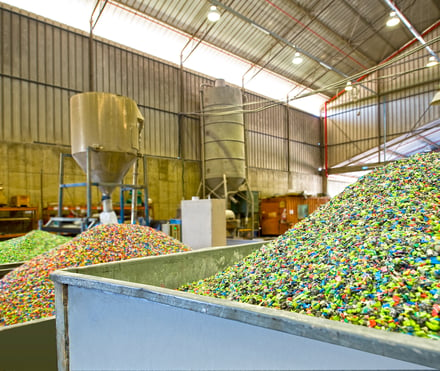
The world is calling for a greater focus on renewable energy. Manufacturers are answering that call and turning their focus to product innovation that supports the renewables industry by ensuring their products are more cost-efficient and effective. One of the biggest shifts in the industry has been a move to composite molding. It enables low-cost production, improves product durability, and imbues renewable products with much-needed features to help them succeed on the market.
In fact, the growing renewables industry is one of the core drivers of the composite molding sector of manufacturing. The market for wind turbine composite materials alone could reach a valuation of more than $12 billion by 2023! The two correlate for good reason. Renewables stand to benefit tremendously from composite molding, and this new demand will drive composites more into focus as a manufacturing staple.
Why composite materials?
There’s inherent value in composite materials across the diverse scope of renewable energy applications. Namely, solar and wind power operations.
Solar panels
The history of solar panel design is rife with peaks and valleys; however, we’ve entered a plateau. Photoelectric cell technology has largely stagnated. It’s a prime example of technology waiting on future innovations before it can move forward again. Plug-and-play solar has made panels widely accessible to consumers, driving demand. This, in turn, drives innovations in other areas — specifically in panel design.
Traditional panels are made of glass and ethylene tetrafluoroethylene (ETFE) underlayment film. Today, composite materials are the center of experiments to reduce the cost and improve the effectiveness of panels. Lighter panels — arrayed in honeycomb patterns — enable more panels per array and more efficient light collection. Composite prototypes are up to 40% lighter and many times more efficient! At scale, they could be a fraction of the cost to consumers as well.
Wind turbines
The sheer size and demand of wind turbine applications makes composite materials a natural solution. A 50-meter wind turbine blade can weigh as much as 40,000 lbs.! Any effort to reduce weight not only lightens the load on manufacturers, but also facilitates smoother operation from the turbine after it’s installed. Composites like carbon fiber and glass-reinforced materials deliver this lighter weight without compromising the integrity of the blades themselves.
U.S. wind capacity has increased substantially over the last decade, reaching 96,433 megawatts today. This suggests demand for more turbines is coming, along with retrofit blades for turbines that have been in service for 6-10 years. Being able to continually innovate turbines using advanced composite materials will continue to increase megawatt output to satisfy growing demand.

Renewables and composites set to rise
With demand for renewables ever-growing, the market for composites will follow closely behind. As innovations within the renewable energy industry unlock new potential, demand for next-generation products will only contribute to the rise of composites.
Many industries are poised to capitalize on composite materials in the future, but few are as well-positioned as the renewables market. Wind and solar stand to benefit tremendously from composite construction. It’s up to innovative companies in the renewables space to recognize this opportunity and take renewable product production into its next phase of efficiency. Contact Mar-Bal today to learn more.
